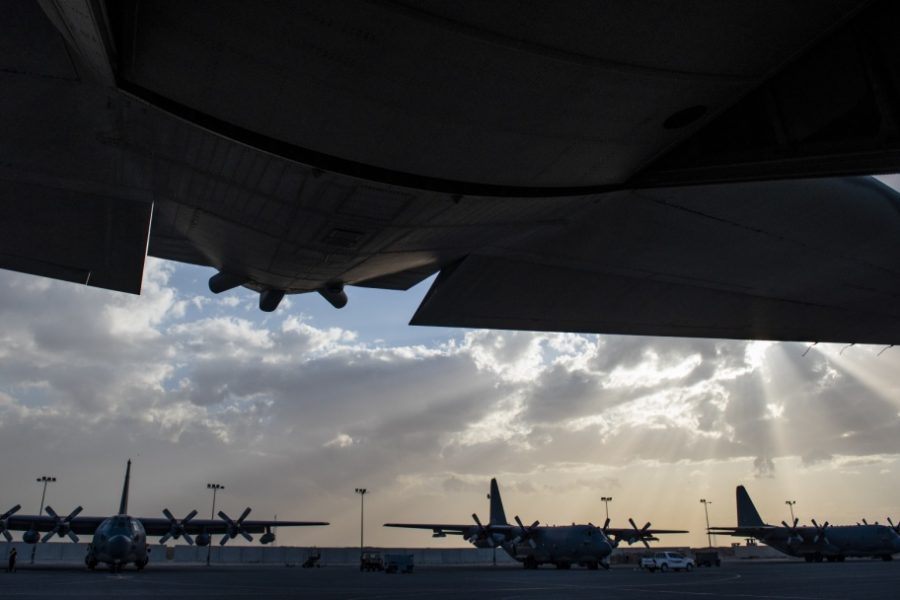Don’t expect much investment in new fleets of special-operations aircraft as the Pentagon braces for a budget crunch, the head of Air Force Special Operations Command said May 13.
“We acknowledge that we are at a strategic inflection point,” Lt. Gen. Jim Slife said during the National Defense Industrial Association’s annual Special Operations Forces Industry Conference. “This strategic environment is going to require us to transform ourselves from the AFSOC that we needed into the AFSOC that we will need.”
Much of U.S. Special Operations Command’s fixed-wing portfolio focuses on recapitalizing older platforms like the MC-130, bringing on fleets that were already in the works like the AC-130J, and maintaining complicated programs like the CV-22. Adding new development programs, and revamping the command into a more digitally savvy, influence operations-focused organization, will be tougher as military funding is expected to decline.
AFSOC is on board with the National Defense Strategy that focuses on advanced militaries like Russia and China, Slife said, but recognizes that the U.S. expects it to keep up the “away game” of counterinsurgency.
Earlier this year, AFSOC published a new strategic guidance document detailing how it might make that pivot. Officials are organizing the command’s goals around a central objective to strengthen the special-operations workforce.
“Our first major line of effort going forward is, how do we develop our human capital in order to make them successful in that future operating environment?” Slife said. “This really has an experiential aspect, it has a training aspect, and it has an education aspect. Some of the things that are most of interest to us right now are, how do we transform our education and training enterprises in order to equip our … Airmen?”
AFSOC is also looking into possible organizational shuffles. That plan echoes Air Force Chief of Staff Gen. David Goldfein’s push to give less experienced Airmen the authority they need to make decisions instead of relying as much on higher levels of leadership to move forward. Flexibility is already a core trait of special operations, Slife said, so AFSOC needs to double down.
A third line of effort entails developing new technology and getting it to the field.
“We’re really thinking about hardware not for the sake of platforms and hardware, but how do we enable our operators to be most successful?” Slife said. “This idea of equipping has to acknowledge the fiscal realities. … There aren’t going to be many major capital investment programs going forward.”
AFSOC’s inventory is relatively young compared to the rest of the Air Force, and the command’s armed overwatch effort is the only notable procurement in the works, Slife said.
What’s at the top of his wish list? “Technology that would allow us, frankly, to access and exploit the vast quantities of data that we all have available to ourselves,” Slife said. (The commander lamented a teleportation machine is still out of reach.)
He asked for advice on what he and other senior leaders should do to give troops better access to and understanding of data.
“We’re all moving lurchingly towards an AI-enabled future that acknowledges the ubiquity and data, the power of data aggregation and advanced analytics,” he said. “We can see what that should look like out there in the future, but the specifics of how we actually get there is incredibly complex.”
